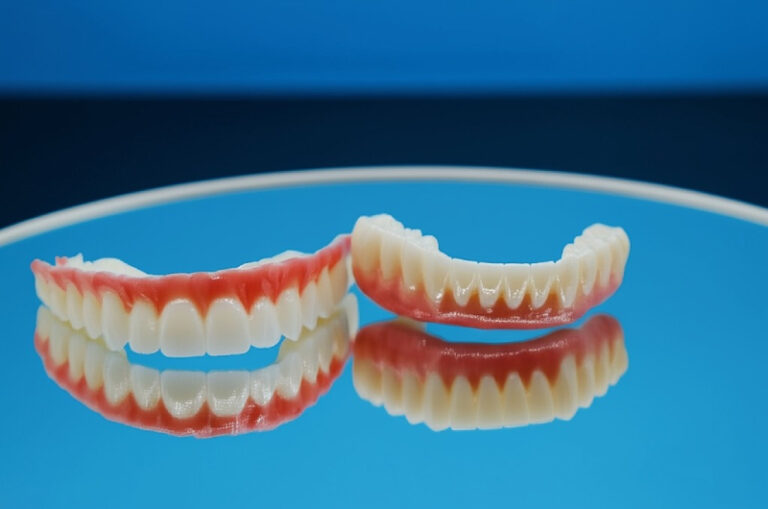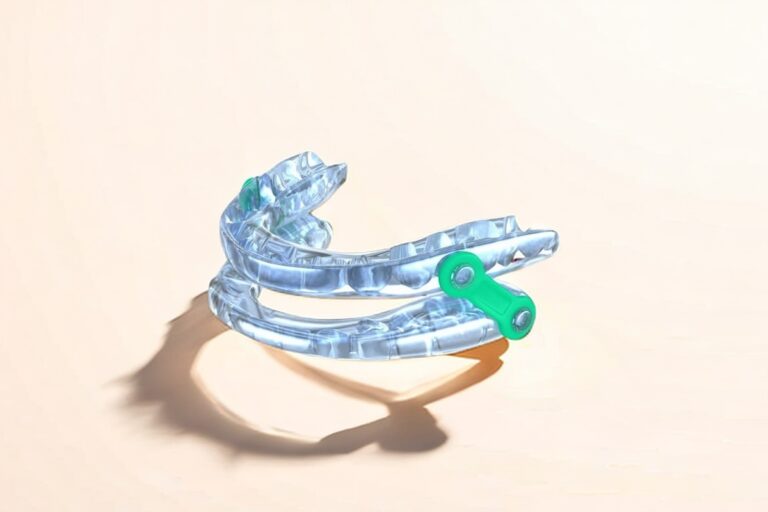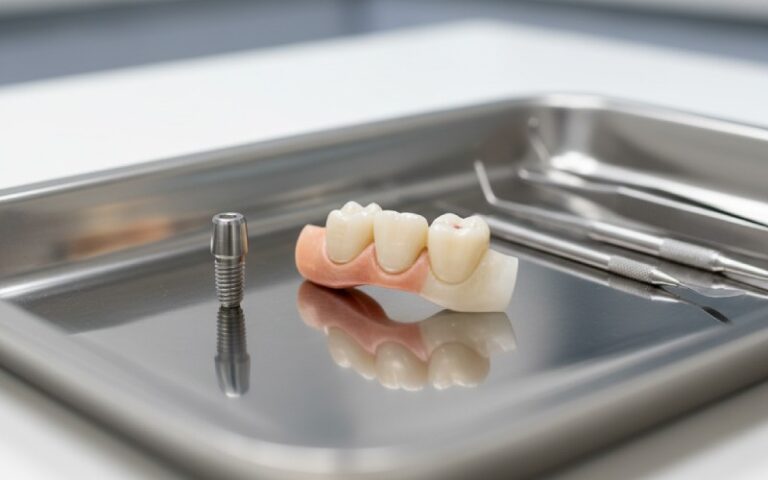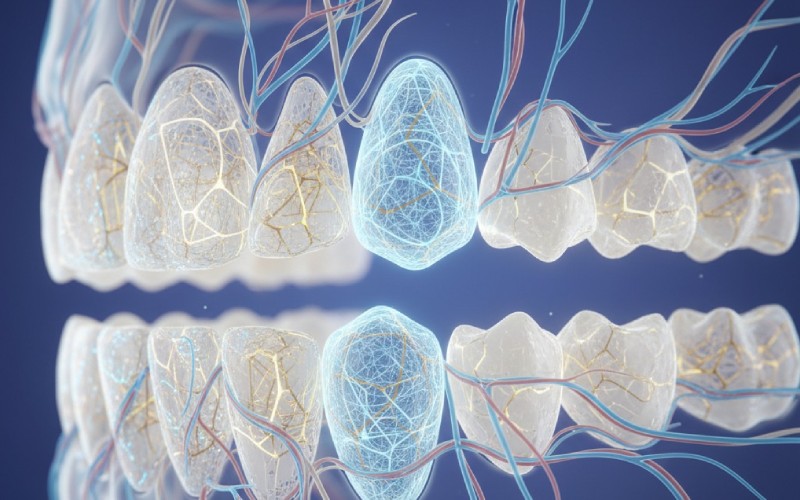
Dental Implants with Bone Loss: Can You Still Get Implants With Bone Loss?
Did you lose a tooth? Are you concerned about bone loss? You might think this stops you from getting a dental implant. But here is some good news. In many situations, you still can! Bone loss does not mean you cannot get a strong, new tooth. This article will explain how dentistry today helps almost any patient get dental implants, even with bone loss. Keep reading to find out about the great choices that can help you get your smile back.
Table of Contents
1. What Is Bone Loss and What Causes It for a Patient?
Bone loss in the jaw is just what the name says. The bone in your jaw can get weaker. It can also get smaller. This happens to many people who have missing teeth. Your jawbone needs to be worked to stay strong, like a muscle. Your tooth roots work the bone and keep it healthy. When a tooth is missing, that part of the jawbone has nothing to do. Your body feels the bone is no longer needed, so it starts to get smaller.
This process often happens for a few key reasons. The biggest cause is tooth loss. When teeth are lost and you do not replace them, bone loss happens. Another large cause is gum disease, also known as periodontal disease. This disease is a type of infection from bacteria. It can damage your gum and the bone in your jaw. Wearing a denture can also lead to bone loss. This is because a denture sits on top of the gums and can press down, instead of working the bone like a real tooth.
2. Why Is a Strong Jawbone Needed for a Dental Implant?
A dental implant is a little, strong post. It works like the root of a tooth. It is often made from titanium. An oral surgeon puts the implant into your jawbone. For the implant to work well, it needs to be held in place very well. You can think of it like this. Imagine putting a post for a fence into the ground. You need deep and firm dirt to make that post strong. A post put in soft sand will not be strong.
Your jawbone acts like the firm dirt for your new implant. The dental implant must join with the bone. This process is what makes the implant so steady. If you do not have enough bone, the implant cannot be held in place. A weak base means a weak implant, and it might not last. This is why a healthy bone structure is the first thing a dentist checks when you are considering dental implants. Without a good, strong foundation, the implant will not be a success for a long-term time.
3. So, Can a Dentist Put in Implants with Bone Loss?
Yes, they can! This is the best news for you today. If you have had bone loss, you should not lose hope. Many patients who have bone loss are able to get a dental implant all the time. New ways in dentistry have given us great solutions. It is very normal to get implants with bone loss. The answer to the question, “can you get dental implants if you have bone loss?” is a clear YES in a lot of situations.
Your path to a new implant might just need a few extra steps. For people with a lot of healthy bone, getting an implant can be a simple process. For a patient who has bone loss, we might need to build up the bone first. We have safe ways to do this that have worked many times. This means that almost anyone can be a good candidate for a dental implant. So yes, dental implants are possible even if you have had bone loss.
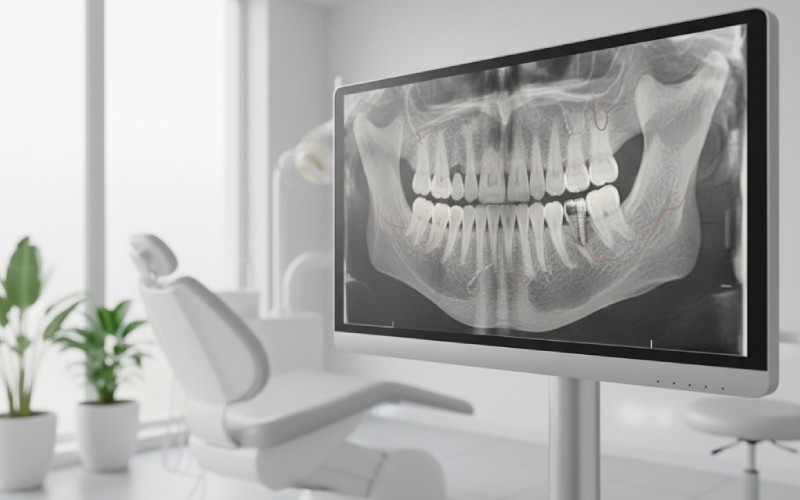
4. How Can Your Jaw Be Built Up for Placing Implants?
The most common way to fix bone loss is with a step called bone grafting. The name might sound a little scary, but it is a normal and very safe process. Bone grafting is when we add bone material to your jaw where you need it. This new material helps your body grow its own new, strong bone. This makes the strong base you need to place a dental implant.
There are a few kinds of graft materials that can be used. At times, a tiny piece of bone from another part of your own body can be used. More often, we use a safe and clean bone material from a donor. We can also use a man-made graft material. The graft acts like a support frame. It holds the space open and helps your own bone tissue to grow and fill the area. This can make your jawbone strong enough to support an implant for a very long time. We can help you get dental implants with bone by using this method.
5. Is Bone Grafting a Safe Thing to Do for a Dental Implant?
Bone grafting is a very safe process with a great success rate. Dentists and surgeons have been doing this for many years. The materials that we use for the graft are very clean. They are made to be safe for your body. The purpose of the graft is simple. It helps your own body do the work of healing. It gives the support your body needs to make new bone tissue.
After the bone grafting is done, the affected area needs time to heal. This can take a few months to happen. In that time, the graft and your body will work with each other. They will create a new, strong part of your jawbone. You might have a little bit of discomfort after the process, but it is usually not hard to handle. This is a good way to get your jaw ready for a new dental implant. The new bone will make implants strong and keep them in place.
6. What Are Sinus Lifts and When Are They Suggested?
A sinus lift is a special kind of bone grafting. We recommend it for people who need an implant placed in their upper jaw. Your sinuses are open spaces that are full of air. They are behind your cheeks and above your top back teeth. When you lose one of your upper back teeth, the bone in that spot can get very thin. There might not be enough space to place an implant without it going into the sinus.
A sinus lift, which is also called sinus augmentation, is the answer to this problem. In this process, your surgeon will carefully lift up the bottom of the sinus. Then, they will place the bone graft material in that new space. This helps build up the bone density and height. This makes the bone strong and thick enough for implants to be placed. Sinus lifts are a common and safe way to make a top implant work for a patient who has had bone loss in that spot. After the graft helps new bone tissue grow, the implant can be safely put in.
| Procedure | What It Is For | Best For |
|---|---|---|
| Bone Grafting | Adds bone material to make the jaw stronger. | General bone loss in the upper or lower jaw. |
| Sinus Lifts | Adds bone to the upper jaw, under the sinus. | Bone loss in the upper back jaw, close to the sinus. |
7. Are There Special Implants for People with Bone Loss?
Yes, there are special kinds. For some patients with bone loss, and especially for those with significant bone loss, we might use a different type of implant. One great choice is known as zygomatic implants. These are much longer than the usual traditional implants. They are not put into the jawbone. Instead, they are attached to the cheekbone, which is also called the zygoma. This bone is very dense and strong. It does not shrink away like the jawbone can.
Zygomatic implants are a wonderful option when there is not enough bone for a normal implant, even with a bone graft. This can help a patient avoid having multiple procedures like bone grafting or sinus lifts. This can be a quicker way to get your new teeth. With zygomatic implants, we can often place a full set of new teeth in just one day. This is a big change for the better for people who were told they could not get dental implants because of serious bone loss. It shows that implants are possible with bone loss.
8. How Does a Dentist Check if You Are a Good Fit?
To see if you can get a dental implant, you will need to come in for an appointment. This is called a consultation. Your dentist will evaluate your mouth with a lot of care. The first thing to do is to look at your general oral health. We must be sure your gum tissue is healthy. We also check that there is no active gum disease. We will also ask you about your past health.
The most important part is to look at your bone structure. We will use a special 3D X-ray machine. It is called a CBCT scan. This scan gives us a picture of your jawbone with a lot of detail. It shows us just how much bone you have and if it is good quality. This information helps us see if you need a bone graft. It also helps us decide if you might be a good candidate for a special kind of implant. This careful check helps us make the right plan for you. This will give your implant the very best chance to work well.
9. What Should You Expect During the Dental Implant Process?
Getting a dental implant when you have bone loss can have a few more steps. But the final result is well worth it. This is what the process might look like for you:
- Step 1: Meeting and Planning. We will check your jaw. Then we will make a personal treatment plan for you.
- Step 2: Bone Grafting (if you need it). If you need a graft, this will be the first big step. The area will need a few months to heal and grow new bone.
- Step 3: Implant Placement. The surgeon will place the titanium implant into your new, strong jawbone. This area will also need time to heal. In this time, the implant will join with your bone. This joining creates the stimulation that will stop more bone loss from happening.
- Step 4: Getting Your New Tooth. After the implant has fully healed and is held tight in the bone, we will attach your new crown. The crown is the part of the tooth that you see. It will be made to look just like a real tooth.
We do each step with great care. We want to be sure you are comfortable. Our main goal is to restore your smile and let you chew your food without worry. The finished implant will look and work just like a natural tooth.
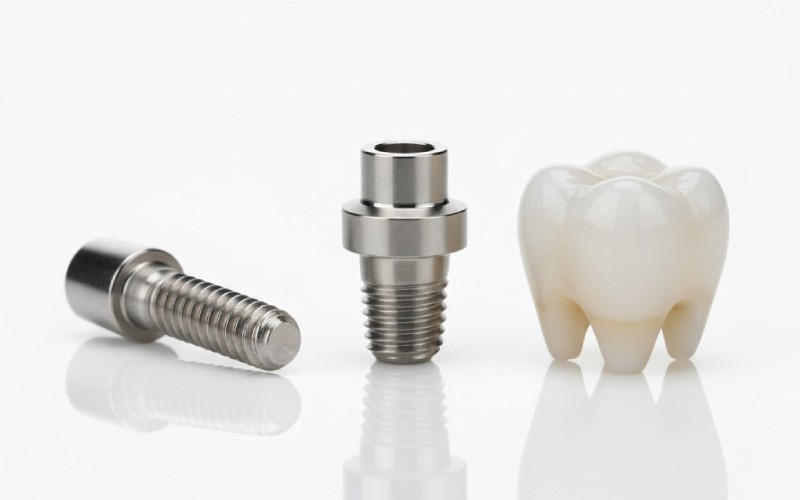
10. How Can You Take the First Step to Get Your Smile Back?
Are you tired of being worried about your missing teeth? Are you ready to find out if a dental implant can make your life better? The first step is a simple one. Call us to set up a consultation. You do not have to try and figure all of this out by yourself. We can give you the answers to all your questions about implants with bone loss. We will show you the treatment options that are right for you.
You can still get dental implants even if you have bone loss. We can help you replace one missing tooth or a whole set of teeth. Getting a dental implant is a wonderful way to improve how good your life is. You can go back to eating the foods you enjoy. You can smile and feel good about it again. Do not let bone loss keep you from having a healthy mouth. Take the first step today. Find out how we can help you get a lovely and strong smile.
Things to Remember
- Bone loss often happens after you lose a tooth, but it does not mean you cannot get an implant.
- Dentistry today has great answers like bone grafting and sinus lifts to build up your jaw.
- These steps are safe and make a strong foundation for a new dental implant.
- Special implants, such as zygomatic implants, can be used when there is very serious bone loss.
- A dental implant is the top choice for replacing missing teeth because it looks and feels like a real tooth.
- The first step is to have a meeting with us to see which choice is best to help you restore your smile.

